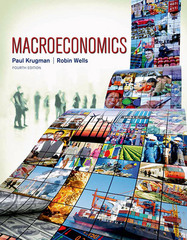Question
In an effort to better understand the effects of get-out-the-vote messages on voter turnout, Gerber and Green (2005) conducted a randomized field experiment involving approximately
In an effort to better understand the effects of get-out-the-vote messages on voter turnout, Gerber and Green (2005) conducted a randomized field experiment involving approximately 30,000 individuals in New Haven, Connecticut, in 1998. One of the experimental treatments was randomly assigned in-person visits where a volunteer visited the person's home and encouraged him or her to vote. The file Ch10_Exercise1_GOTV.RData contains thevariables described in Table 10.10 below:
(a) Estimate a bivariate model of the effect of actual contact on voting. Is the model biased? Why or why not?
(b) Estimate compliance by estimating what percentage of treatment-assigned people actually were contacted.
(c) Use ITT to estimate the effect of being assigned treatment on whether someone turned out to vote. Is this estimate likely to be higher or lower than the actual effect of being contacted? Is it subject to endogeneity?
(d) Use 2SLS to estimate the effect of contact on voting. Compare the results to the ITT results. Justify your choice of instrument.

Step by Step Solution
There are 3 Steps involved in it
Step: 1

Get Instant Access to Expert-Tailored Solutions
See step-by-step solutions with expert insights and AI powered tools for academic success
Step: 2

Step: 3

Ace Your Homework with AI
Get the answers you need in no time with our AI-driven, step-by-step assistance
Get Started


